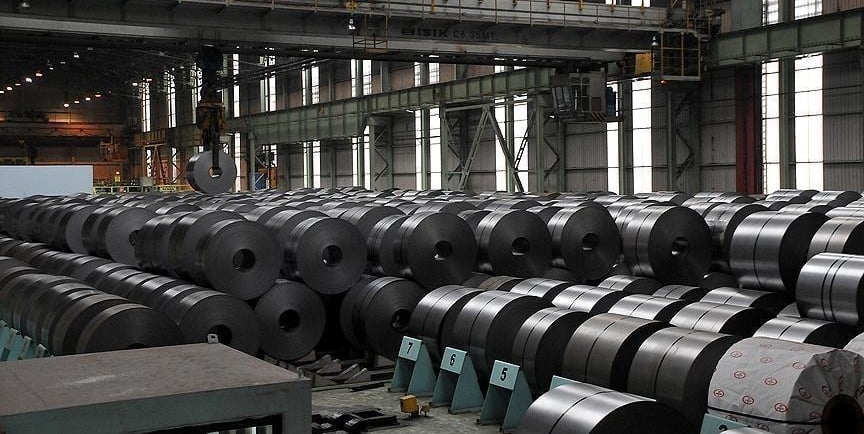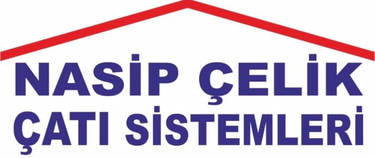Evaluation of the Steel Industry in 2024 and Predictions for 2025
Selim Gökay
12/27/20243 min read


Evaluation of the Steel Industry in 2024 and Predictions for 2025
Overview of 2024
The year 2024 has proven to be a challenging one for the steel industry, both globally and locally. Global economic stagnation, trade tensions, and rising energy costs have adversely impacted production and export performance. One of the most noticeable trends has been a decline in steel demand, which fell by 0.9% to 1.751 billion tons, according to Worldsteel data. This decrease primarily stems from reduced consumer demand and a slowdown in the construction sector.
Fluctuations in energy prices have significantly increased production costs, becoming one of the most critical factors affecting global markets. On a brighter note, signs of economic recovery in developed economies such as the European Union and the United States have offered long-term hope to industry players. However, shrinking demand in emerging markets and a stagnation in China’s real estate sector have cast a shadow over these recovery forecasts.
The Steel Industry in Turkey
Turkey has stood out in 2024 with its local demand growth and domestic market dynamics. Public investments in large infrastructure projects and a revival in the construction sector have significantly increased steel demand. It is estimated that steel demand in Turkey grew by 9%, reaching 41.5 million tons. This growth has been largely driven by earthquake-resistant building projects and renewable energy initiatives.
However, profit margins have continued to decline as companies faced substantial financial pressures due to rising production costs. Furthermore, Turkey must adopt new strategies to remain competitive in export markets. Investments in green transformation projects are playing a crucial role in aligning with environmental standards and complying with the European Union’s carbon emission policies.
Global Perspective and Transformation Trends
China’s economic situation has been a defining factor in global markets in 2024. A decline in the Chinese real estate market and a slowdown in industrial production led to a 3% drop in steel demand. However, emerging markets like India have partially offset this decline. With massive investments in infrastructure projects, India’s steel demand increased by 8%, positioning it as a promising player in the global steel market.
Developed economies present a more complex picture. While economic recovery continues in Europe and the United States, steel demand has shown slow growth but has yet to reach pre-pandemic levels. Meanwhile, the acceleration of projects focusing on energy efficiency and investments in green steel production are among the key developments that could positively impact the sector in the long term.
Optimistic Predictions for 2025
The year 2025 holds the potential to be a period of recovery and restructuring for the steel industry. Global steel demand is expected to rise by 1.2% to 1.772 billion tons. This increase will be driven by economic recovery processes in Europe and the United States, as well as continued growth in emerging markets like India.
In Turkey, the sector is anticipated to stabilize further, supported by higher capacity utilization rates and a revival in local demand. The acceleration of earthquake-resistant construction projects, the growing steel demand from renewable energy initiatives, and the adoption of environmentally friendly production techniques in exports will enhance the industry’s competitive position. Compliance with the European Union’s carbon border adjustment mechanism will be crucial for maintaining market access in Europe.
Green Transformation and Sustainability
Green transformation stands out as one of the most promising areas for the steel industry’s future. The adoption of environmentally friendly production technologies will not only reduce costs but also enhance international competitiveness. Increasing investments in this area by Turkish companies will help them comply with carbon emission standards in the European market. Simultaneously, the development of special support programs by local banks and financial institutions for green transformation projects will provide significant advantages to industry players.
Conclusion
The year 2024 has been a tough yet insightful period for the steel industry. However, 2025 promises new opportunities and optimism for industry stakeholders. The expected rise in global demand, coupled with strategic transformation projects at the local level, is poised to give the steel sector fresh momentum. Presenting a hopeful vision for the future of the industry is a shared responsibility of all stakeholders, from producers to consumers.
References
World Steel Association. World Steel in Figures 2024. Brussels: World Steel Association, 2024.
Türkiye Çelik Üreticileri Derneği. "2024 Yılı Türkiye Çelik Sektörü Raporu." Accessed December 2024. https://www.tcud.org.tr.
OECD. Steel Market Developments Q3 2024. Paris: OECD Publishing, 2024.
Enerji ve Tabii Kaynaklar Bakanlığı. "2024 Yılı Enerji Maliyetleri ve Sektörel Etkileri." Ankara, 2024.
Reuters. "China’s Property Market and its Global Impact on Steel Demand." Last modified November 2024. https://www.reuters.com.
Bloomberg. "India's Infrastructure Boom: A New Driver for Global Steel." Last modified October 2024. https://www.bloomberg.com.
Avrupa Çelik Derneği (Eurofer). European Steel Market Outlook 2025. Brussels: Eurofer, 2024.
Türkiye İstatistik Kurumu (TÜİK). "2024 Türkiye Çelik Üretim ve İhracat İstatistikleri." Accessed December 2024. https://www.tuik.gov.tr.
Our Services
As Nasip Steel Construction we process your metal products with precision.
Contact: Mobile and WhatsApp:
info@nasipcelik.com
+90 541 294 2657
© 2024. All rights reserved.
